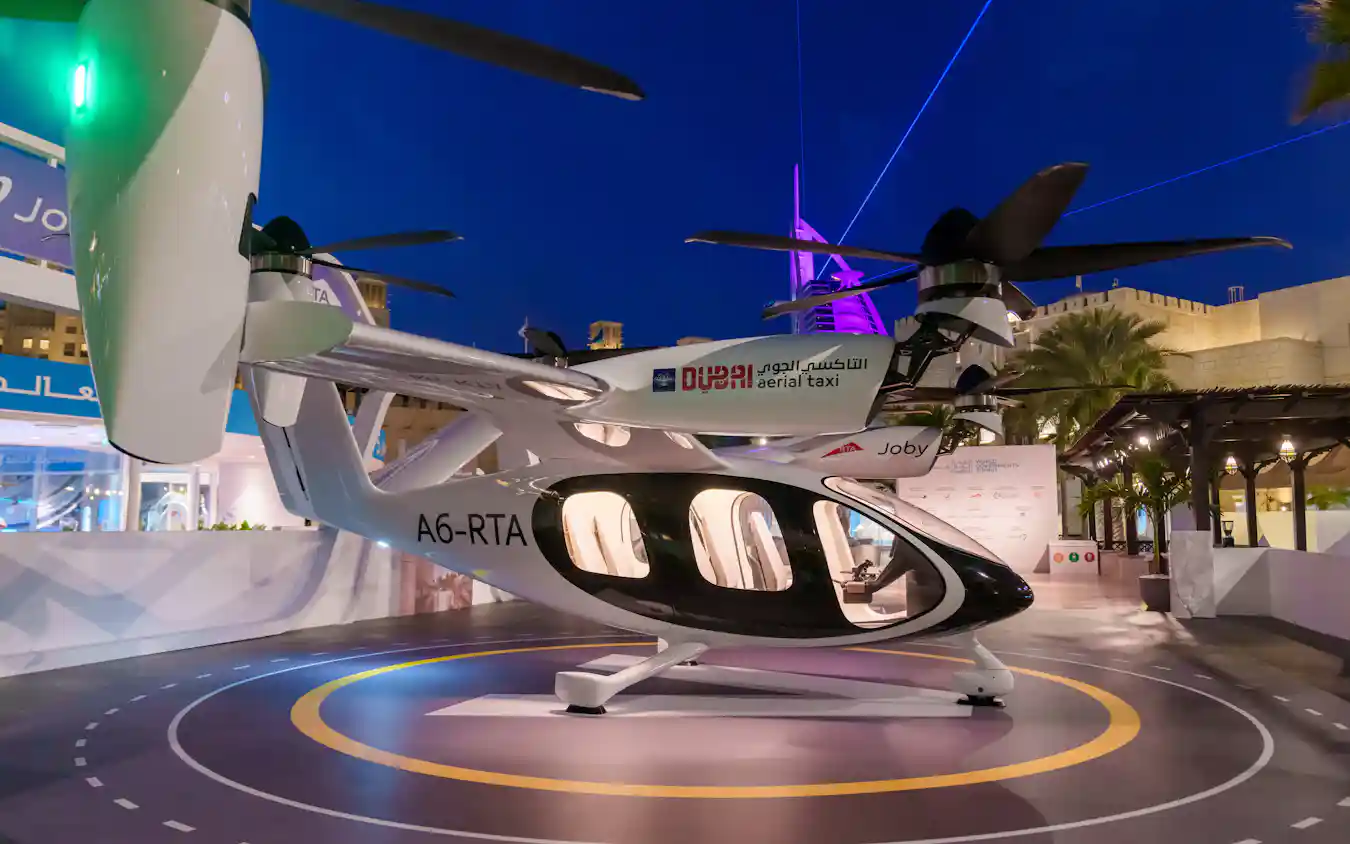Market Reaction: eVTOL Stocks Surge
President Trump’s recently signed executive order, “Unleashing American Drone Dominance,” has energized the urban air mobility sector, sending the stocks of major eVTOL companies such as Joby Aviation, Archer Aviation, Eve Holding, Blade Air Mobility, and others sharply higher in the days following its release. The order’s clear intent is to remove some of the most persistent roadblocks that have limited the growth of eVTOL and urban air mobility programs in the United States, while also setting ambitious new goals for the industry and its regulators.


In the week since the executive order was rumored, shares of U.S.-listed eVTOL manufacturers and operators have posted significant gains. This market reaction reflects investor optimism that the new federal policy will accelerate the path to commercial operations for air taxis, cargo drones, and other advanced aerial vehicles.
Addressing Regulatory Roadblocks
The executive order’s most immediate impact comes from its directive to the Federal Aviation Administration (FAA) to finalize long-awaited rules for beyond-visual-line-of-sight (BVLOS) drone flights within 240 days. This move is widely seen as a breakthrough, as BVLOS approval is a crucial step for scaling both passenger and cargo drone services beyond limited pilot projects.
The order also establishes a new eVTOL Integration Pilot Program, requiring the FAA to select at least five projects for real-world testing of cargo, medical, and passenger air mobility applications within the next 90 days. By mandating the collection of operational data from these pilot programs, the administration aims to build a stronger foundation for future regulations and to move away from the industry’s reliance on theoretical models and simulations. In addition, the order calls for the deployment of artificial intelligence tools to streamline the FAA’s waiver and certification processes, which have long been criticized for their complexity and lack of transparency.
New Demands on the FAA
However, the executive order’s ambitious timelines and broad scope place significant new demands on the FAA, an agency already facing a backlog of drone-related rulemaking and certification tasks. Meeting the order’s requirements will require rapid coordination between federal, state, and local authorities, as well as close collaboration with industry stakeholders. Some observers have expressed concern that the FAA may struggle to keep pace with these new responsibilities, potentially leading to further delays or resource constraints.
Technical and Market Challenges Remain
While the executive order addresses many of the regulatory and operational barriers facing the industry, it does not directly tackle some of the technical and market challenges that continue to limit the commercial potential of eVTOL vehicles. Issues such as limited flight endurance, with most current aircraft capable of flying only short distances, and seat optimization, as many designs can accommodate just two to four passengers, remain unresolved. These factors, along with ongoing questions about public acceptance, noise, and safety, will continue to shape the trajectory of urban air mobility in the years ahead.
Read more:


Miriam McNabb is the Editor-in-Chief of DRONELIFE and CEO of JobForDrones, a professional drone services marketplace, and a fascinated observer of the emerging drone industry and the regulatory environment for drones. Miriam has penned over 3,000 articles focused on the commercial drone space and is an international speaker and recognized figure in the industry. Miriam has a degree from the University of Chicago and over 20 years of experience in high tech sales and marketing for new technologies.
For drone industry consulting or writing, Email Miriam.
TWITTER:@spaldingbarker
Subscribe to DroneLife here.
